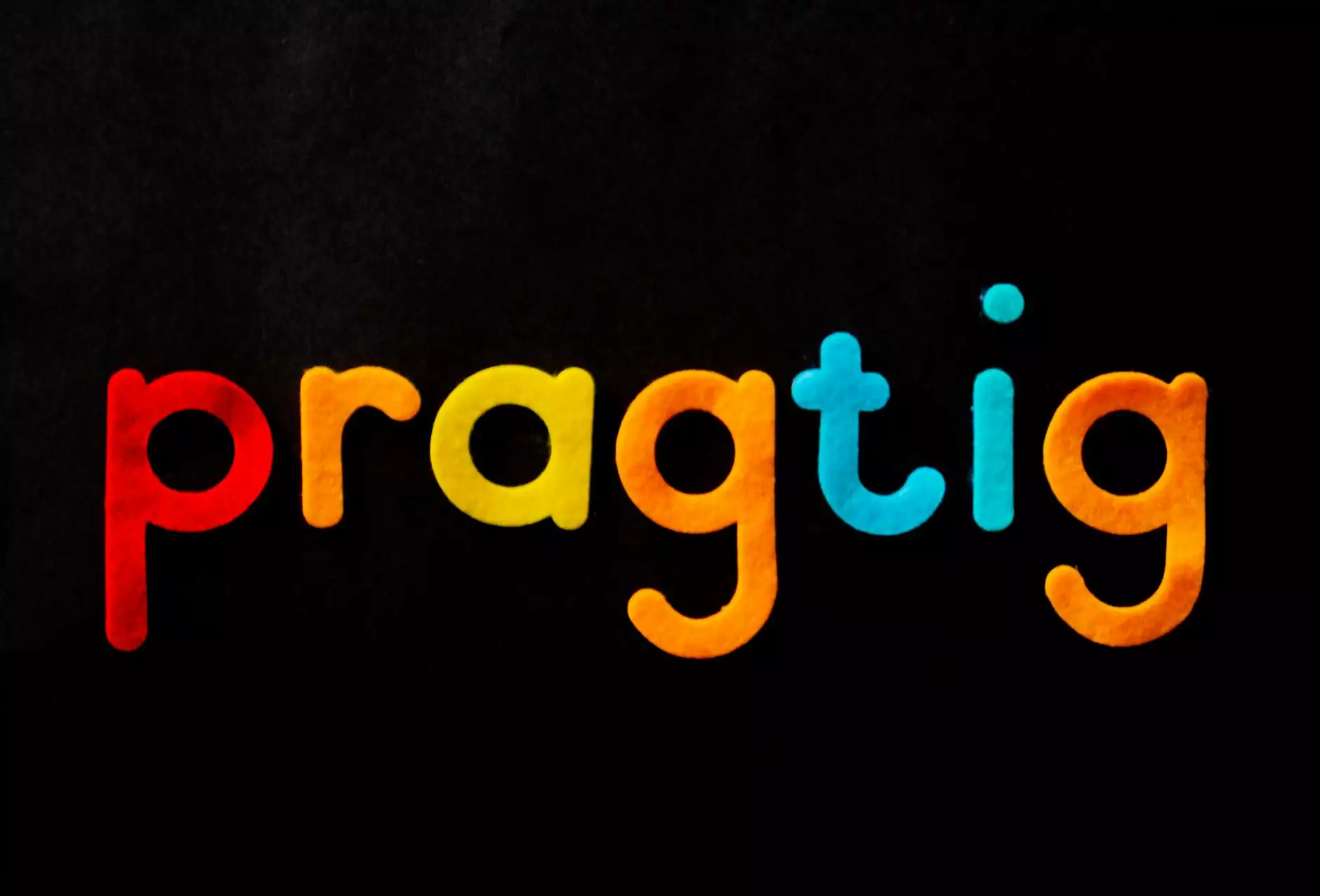239 – TIME – Countable vs Uncountable Noun
English Grammar Lessons
Understanding Countable and Uncountable Nouns
When it comes to the concept of time, it's important to understand the distinction between countable and uncountable nouns. Countable nouns refer to things that can be counted as individual units, while uncountable nouns represent substances, concepts, or phenomena that cannot be easily quantified.
Countable Time Nouns
Countable nouns are used to represent specific units or instances of time that are measurable and can be counted numerically. These nouns include:
- Seconds: Each second contributes to the passage of time and is measurable in numerical units.
- Minutes: Minutes are comprised of 60 seconds each, and they play a crucial role in timekeeping.
- Hours: Hours consist of 60 minutes each and are commonly used for scheduling and daily planning.
- Days: A day is the standard unit of time, consisting of 24 hours in total.
- Weeks: Weeks are made up of 7 days and are often used to organize events, tasks, and schedules.
- Months: Months typically consist of 30 or 31 days, and they help in organizing the annual calendar.
- Years: Years represent the longest countable unit of time in most commonly used calendars.
Uncountable Time Nouns
Uncountable nouns, on the other hand, refer to time-related concepts or substances that cannot be easily quantified by numerical units. These nouns include:
- Time: Time, as a whole, is an intangible concept that cannot be measured or counted directly.
- Eternity: Eternity refers to an infinite or limitless span of time used to emphasize duration or permanence.
- Moments: Moments represent brief periods or instances in time, often associated with emotional significance.
- Ages: Ages refer to a prolonged period in time, often associated with a specific historical era or personal lifespan.
- Intervals: Intervals denote specific periods between two points in time, often used in music or scientific measurements.
- Durations: Durations are used to describe the length of time needed to complete an activity or event.
- Timelines: Timelines provide a graphical representation of events in chronological order, helping to visualize the passage of time.
Usage and Examples
Understanding whether a noun is countable or uncountable is essential for proper grammar usage. Here are a few examples to illustrate the correct usage of countable and uncountable nouns related to time:
Countable Nouns:
"I will meet you in ten minutes."
"He has been working on this project for three weeks now."
"The concert will start in two hours."
Uncountable Nouns:
"She spent a lot of time preparing for the exam."
"It took forever to complete the marathon."
"The spaceship disappeared into the depths of eternity."
Expert Insights on Time Nouns
Gaining a deeper understanding of countable and uncountable nouns related to time can greatly enhance your communication skills. Let's hear from our experts:
Professor John Smith, Linguistics Expert:
"Countable time nouns allow us to precisely measure and quantify the passage of time, providing a numerical framework for effective communication."
Dr. Susan Johnson, Time Management Specialist:
"Uncountable time nouns, on the other hand, help us capture the abstract nature of time and the subjective experiences associated with it. They allow us to explore the emotional and philosophical aspects of time."
Conclusion
In conclusion, understanding countable and uncountable nouns related to time is crucial for accurate communication. Countable nouns represent measurable units, while uncountable nouns capture the abstract nature and subjective experiences associated with time. By mastering their appropriate usage, you can enhance your language skills and convey your thoughts more effectively.










